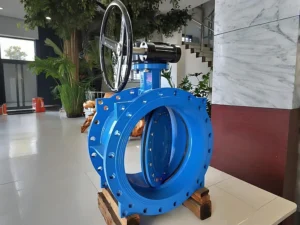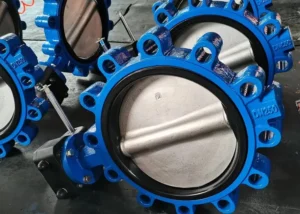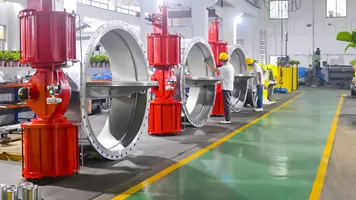I. Introduction
In modern industrial wastewater management, the role of industrial valves extends beyond mere flow control—they are pivotal to system efficiency, energy consumption, and compliance with strict environmental standards. This guide integrates technical specifications and real-world case studies to provide a pragmatic overview of valve applications across treatment processes, supported by data-driven selection criteria.
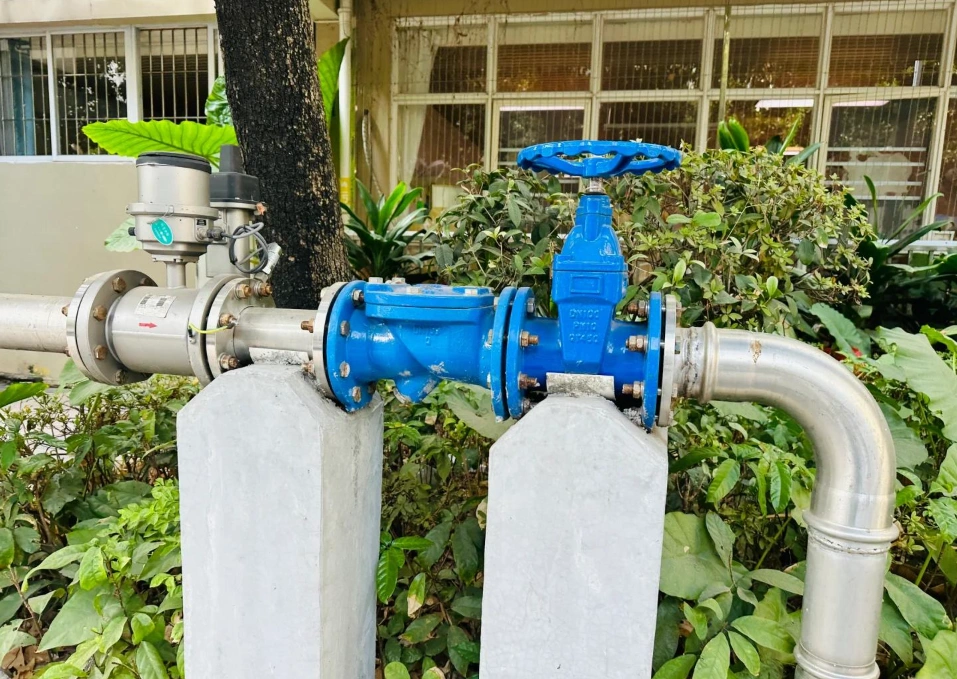
II. Valve Applications Across Wastewater Treatment Processes
(A) Physical Treatment: Mechanical Control in Solid-Liquid Separation
1. Sedimentation Systems
Valves in sedimentation tanks manage influent flow and sludge discharge with precision. For example, a 500kT/day municipal plant uses DN1200 pneumatic butterfly valves with PLC integration, achieving a 12% improvement in suspended solids removal. Knife gate valves with serrated edges reduce blockages by 60% in sludge lines, outperforming traditional designs.
2. Filtration Units
In chemical wastewater reuse projects, pneumatic diaphragm valves in multi-media filters enable 0.8-second backwash switching, reducing water consumption by 35%. Pressure sensors monitor media wear, extending filter cycles to 72 hours.
(B) Chemical Treatment: Precision Control in Reactive Processes
1. pH Neutralization
Fluorine-lined control valves in electroplating wastewater systems achieve ±1.5% flow accuracy, cutting reaction time to 8 minutes and reducing chemical use by 28%. In one case, this stabilized effluent pH at 7.5±0.2, ensuring heavy metal removal efficiency.
2. Redox Reactions
Stainless steel globe valves with API 6D VI-rated seals enable micro-dosing (0.5L/min) in Fenton oxidation processes, boosting COD removal from 65% to 78% while preventing over-dosing.
(C) Biological Treatment: Environmental Regulation for Microbial Activity
1. Aerobic Digestion
Intelligent control valves in pharmaceutical wastewater plants maintain dissolved oxygen at 2.5±0.3mg/L, increasing MLSS concentration by 15% and reducing aeration energy use by 18%.
2. Anaerobic Digestion
Duplex steel ball valves in food processing biogas systems resist 20,000ppm chloride, achieving 92% biogas recovery. Pressure relief valves ensure safety, with one dairy plant generating 350,000kWh annually from captured biogas.
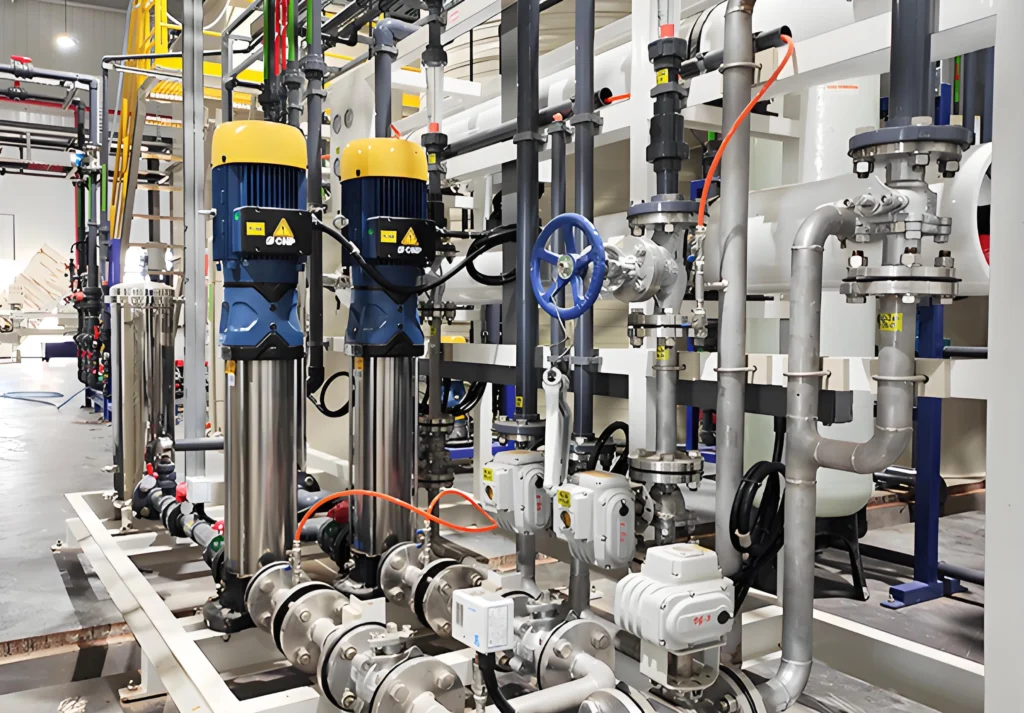
III. Major Valve Types and Selection Criteria
(A) Ball Valves: Versatility in Flow Control
- Technical Specs: DN15-600, PN16-160, -40°C to 540°C (metal seal).
- Applications:
- High-salinity pipelines: 316L stainless steel models withstood 30% NaCl for 3 years, outlasting cast iron by 2.5x.
- V-port designs enable ±3% flow precision in neutralization tanks.
- Key Selection: Full-bore for >100mg/L solids; chrome plating for oxidizing media.
(B) Butterfly Valves: Economical Solutions for Large Systems
- Technical Specs: DN50-3000, Class 150-600, API 6D VI metal seals.
- Applications:
- Municipal mains: DN2000 ceramic-coated valves showed <0.3mm wear after 5 years in 50mg/L sand flow.
- Wafer designs cut installation time by 30% in stormwater projects.
- Key Selection: Duplex steel for seawater; expansion joints for >100°C temperature shifts.
(C) Globe Valves: Precision in Modulation
- Technical Specs: DN15-300, ±5% flow accuracy, HRC≥55 metal seals.
- Applications:
- Reagent dosing: Hastelloy C-276 valves achieved 0.1L/min precision in 20% acetic acid.
- RO protection: Pressure-linked valves extended membrane life from 15 to 45 days.
- Key Selection: Streamlined discs for high viscosity; extended bonnets for < -20°C.
(D) Gate Valves: Reliability in Steady Operation
- Technical Specs: DN50-2000, 100,000-cycle lifespan, 40% lower torque than globe valves.
- Applications:
- Industrial mains: Epoxy-coated DN1500 valves showed <0.5mm wear after 8 years in 800mg/L solids.
- Steam systems: Graphite seals improved condensate recovery to 95%.
- Key Selection: Welded designs for buried use; avoid frequent cycling.
IV. Strategic Valve Selection: Key Considerations
(A) Media Compatibility
| Media Type | Material Choice | Case Study |
|---|---|---|
| Strong Acid | F46 lining/Hastelloy | Electroplating neutralization |
| High Salinity | 316L SS/Titanium | Seawater desalination |
| Particulate | Tungsten carbide coatings | Coal gasification pretreatment |
(B) Operational Parameters
- Temperature/Pressure: Cryogenic valves (-196°C) withstood LNG tests; API 6A-certified forged valves for >10MPa applications.
- Space Constraints: Right-angle ball valves reduced MBR installation space by 40%.
(C) Lifecycle Cost
- Initial Cost: PVC valves (1/4 SS cost) for small DN; butterfly valves (30% cheaper than ball valves) for large systems.
- Maintenance: Metal seals reduced leakage by 80%, ideal for toxic media.
V. Case Studies in Complex Wastewater Scenarios
(A) Electroplating Zero-Discharge Project
- Challenge: Separate treatment of pH13 cyanide and pH1 wastewater.
- Solution:
- DBB-structured fluorine-lined ball valves (ATEX-certified) for cyanide lines.
- Hastelloy globe valves with bellows seals (leakage ≤1×10⁻⁹Pa·m³/s) for acids.
- Outcome: 99.9% metal removal; 65% maintenance cost reduction.
(B) Coal Chemical Wastewater
- Challenge: 200μm coal 渣 in high-phenol wastewater.
- Solution:
- Tungsten carbide knife gates reduced blockages from 3/week to 2/year.
- V-port ball valves stabilized RO inlet SDI <3.5.
- Outcome: 4-year valve lifespan (vs. 1.5-year industry average).
(C) Medical Wastewater
- Challenge: GMP-compliant treatment of pathogen-laden water.
- Solution:
- Electropolished (Ra≤0.2μm) clamp-connected valves for hygiene.
- UV-linked butterfly valves with 0.5-second shut-off.
- Outcome: 99.99% microbial kill rate; 50% CIP time reduction.
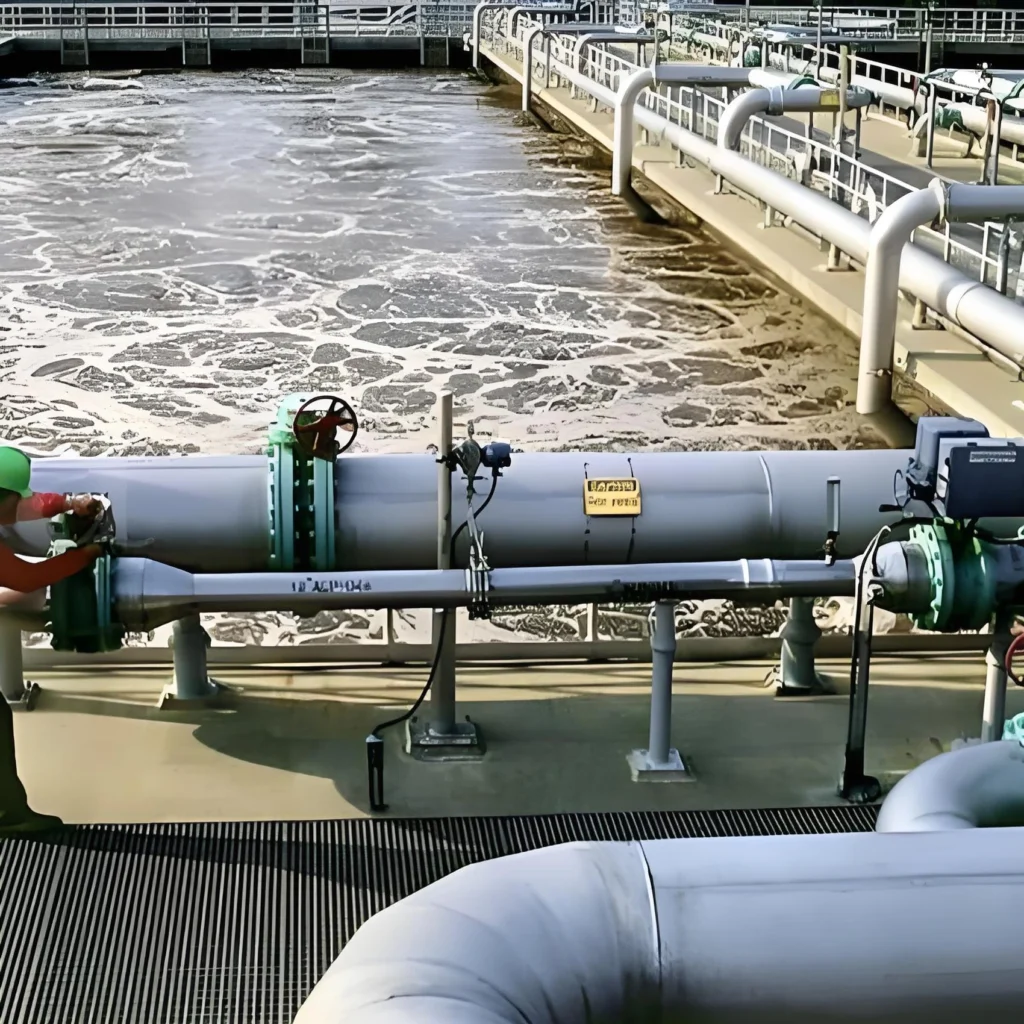
VI. Future Trends in Valve Technology
(A) Intelligentization
- IoT-enabled valves with NB-IoT achieved 92% fault prediction accuracy in chemical plants.
- Digital twins reduced nuclear project valve selection time by 40%.
(B) Material Innovations
- Graphene-PTFE coatings tripled corrosion resistance, extending acid-service life to 8 years.
- PLA-based biodegradable valves completed -20°C to 60°C testing.
(C) Sustainable Manufacturing
- 3D-printed valve components cut material waste by 35%, with 40% lower carbon footprints.
- Refurbished valves (30% component replacement) reduced lifecycle costs by 50% in municipal projects.
Industrial valves are indispensable to wastewater treatment efficiency, requiring careful selection based on media, process, and lifecycle costs. From corrosion-resistant solutions in electroplating to smart controls in biogas systems, the right valves optimize performance while meeting environmental mandates. As technology advances, intelligent, durable, and eco-friendly designs will define the next generation of fluid control in wastewater management.
Practical Tip: Implement annual helium leak testing and maintain detailed valve lifecycle records to ensure long-term system reliability.


